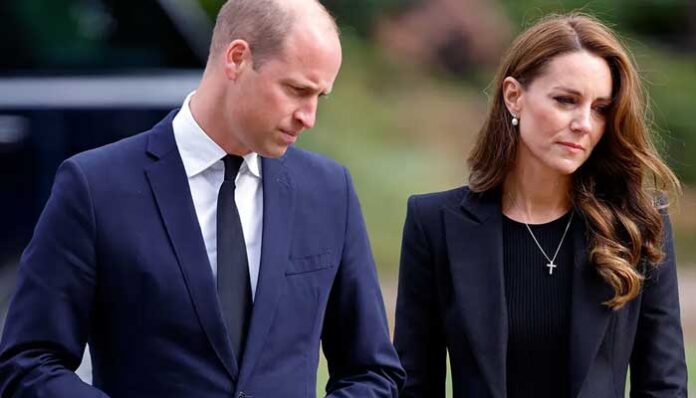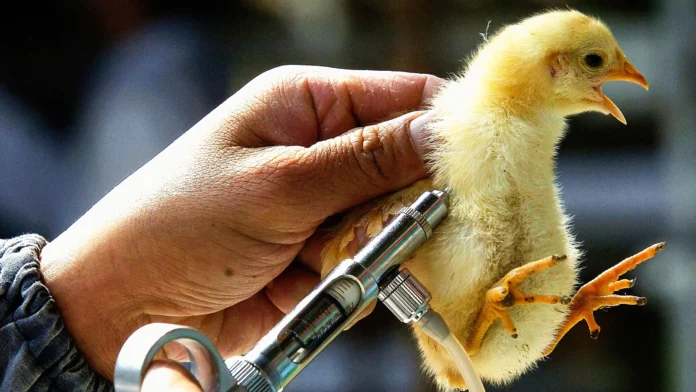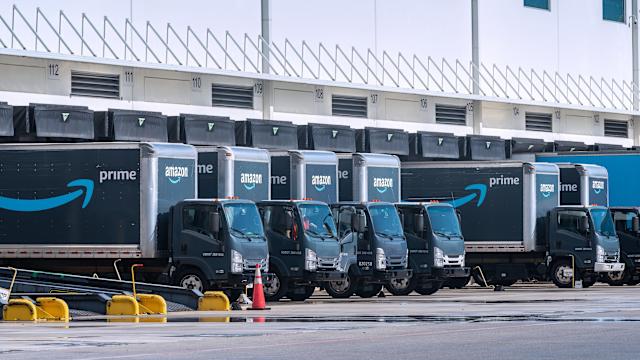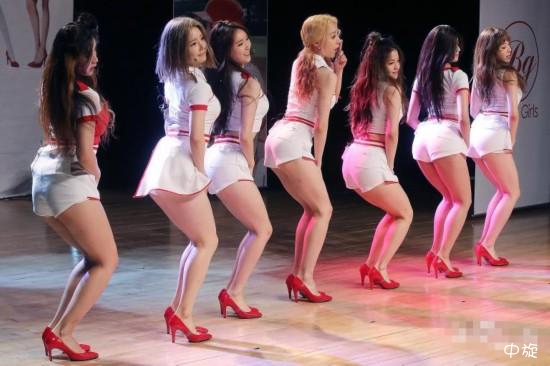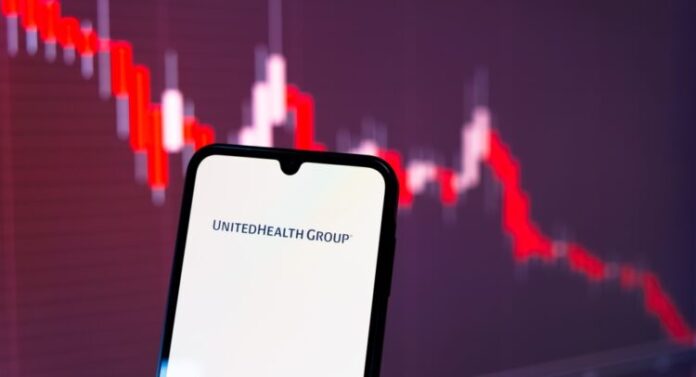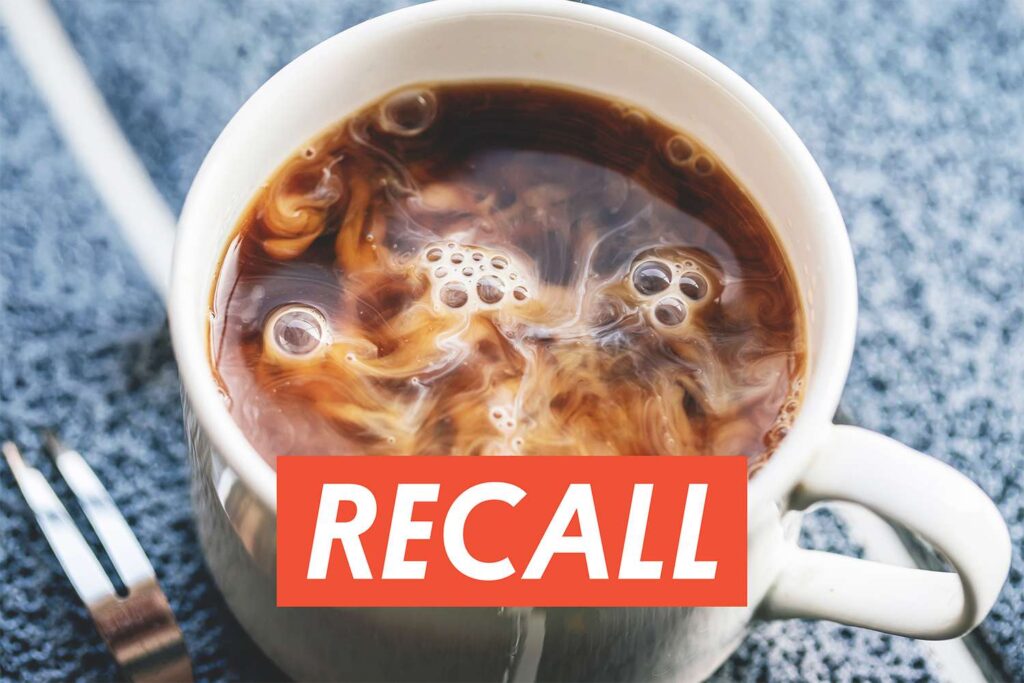Suppose you captured a dozen snaps of your yard on your phone. Now, picture being able to transform those two-dimensional images into a rotatable 3D model that can be interactively explored on a computer screen—or even turned into a tangible 3D print! No team. No studio. Just a free piece of software and your camera.
That’s magic, SFM compile, which is the most recent technology as it continues to alter everything from archaeology to ecommerce.
But what is it? How does it function? Why should you, a curious human, a tech enthusiast, a business owner, or an independent creator, care about this novel technology?
Let’s break everything down further
🧠 What is SFM Compile, Really?
SFM is the short abbreviation for Structure from Motion and when we refer to ‘SFM compile,’ it means gathering several 2D pictures and placing it in an algorithm that creates a 3D model out of it.
Let us put it this way: you stroll around a statue taking pictures of it every few steps. The software then identifies important features to be identified, which can be edges, shapes or patterns, from each photo, and constructs a map showing the spatial relation. That is referred to as “structure.” The “motion” part refers to your movement around the object.
Now the “compile” step is where all the data is crunched – depth maps, textures, and meshes, to produce a fully detailed 3D model.
Think of it like this:
📸 You take the pictures → 🧠 The software does the math → 🧱 You get a model you can rotate, edit, or 3D print.
💸 Why SFM Compile Matters (Especially If You’re on a Budget)
Let’s talk numbers for a sec.
| Feature | SFM Compile | LiDAR / Traditional 3D Scanning |
| Cost | $0 – $500 (mostly free software) | $20,000+ (hardware + licenses) |
| Equipment Needed | Smartphone / DSLR | High-end scanners, PCs |
| Learning Curve | Beginner-friendly tools | Often requires technical training |
| Accuracy | ~90-95% for most tasks | Up to 99.9% |
SFM compile levels the playing field. Whether you’re a YouTuber doing product demos, a real estate agent wanting to showcase properties, or a student working on a 3D art project—you don’t need Hollywood-level budgets to create pro-level visuals.
🎮 Where SFM Compile Is Already Making Waves
Let’s put it into a real-world context. Here are just a few ways SFM compile is being used today:
- Archaeology: Teams in Italy are digitally preserving Roman ruins without touching a stone. SFM models allow for global virtual exploration and restoration analysis.
- Disaster Relief: After Hurricane Maria, aid groups used SFM models of damaged buildings in Puerto Rico to improve logistics, cutting response time by nearly 40%.
- E-Commerce: Shopify sellers using 3D models on product pages reported a 27% increase in conversion rates, according to internal studies.
- Film & Games: Indie devs and filmmakers use it for generating realistic game maps or CGI environments, saving tens of thousands in production costs.
🛠️ How to Start with SFM Compile (Step-by-Step)
You don’t need a PhD in computer vision. Here’s your DIY starter kit:
✅ Step 1: Take Good Photos
- Camera: Use your smartphone or DSLR (Pro Mode is best).
- Tip: Make sure each shot overlaps 60–80% with the previous one.
- Lighting: Go for soft, even light—cloudy days are your friend.
✅ Step 2: Use the Right Software
- Free options: Meshroom, COLMAP.
- Freemium/Pro tools: RealityCapture, Agisoft Metashape.
- Clean-up tools: Blender (great for mesh repair and smoothing).
✅ Step 3: Compile & Clean Your Model
- Import your images.
- Let the software detect “feature points” and build a 3D structure.
- Export it as .obj or .stl for printing or real-time rendering.
🔁 Pro Tip: Start with something small and textured—a sneaker or coffee cup. Flat, shiny, or pure white surfaces confuse the software.
😬 4 Common SFM Compile Mistakes (And How to Avoid Them)
- Too Few Photos
→ Solution: For a small object, aim for at least 50–60 images. - Moving Objects in Frame
→ Avoid areas with people, pets, or trees blowing in the wind. - No Texture
→ Plain walls or smooth objects confuse the algorithm. Add sticky notes or random markers for contrast. - Wrong Scale
→ Always place a ruler or known object in the frame for size reference.
🧾 Bonus: Can You 3D Print SFM Compile Models?
Absolutely. Once your 3D mesh is complete:
- Export it as .STL
- Import into slicing software like Cura
- Send to your 3D printer
Just make sure the model is watertight and scaled correctly.
🗨️ Real Talk: Is SFM Compile Right for You?
If you’re in any of these fields:
- Digital marketing
- Architecture
- Filmmaking
- Education
- Virtual/augmented reality
- Historical documentation
- Game development

…then yes—learning SFM compile is absolutely worth it. You’re not just dabbling in cool tech; you’re opening doors to immersive content creation, cost savings, and major creative freedom.
🙋♀️ Frequently Asked (Human) Questions
Q1: Can I use SFM Compile indoors?
Yes! Just keep lighting consistent and avoid reflective materials.
Q2: How accurate is SFM Compile?
For general use, it’s up to 95% accurate. LiDAR is still better for millimeter-level engineering.
Q3: Can I use drone footage?
Definitely. In fact, drones and SFM are a dream team. Use apps like DroneDeploy or Pix4D for structured paths.
Q4: Do I need a powerful PC?
A decent GPU helps, but you can start with mid-range laptops. Some cloud options like Sketchfab handle rendering externally.
Q5: Is my data private?
Offline tools like Meshroom = 100% local. Cloud tools? Read the terms, especially for commercial work.
🎯 Final Thoughts: SFM Compile is 3D for the Masses
We’re in a new era where visual storytelling, digital preservation, and creative design don’t require million-dollar labs. SFM compile puts that power into your hands, whether you’re shooting in your garage or flying a drone over a cliffside.
It’s fast, it’s affordable, and most importantly—it’s accessible.
So go ahead—snap those pictures. The 3D world is waiting for you to build it.



